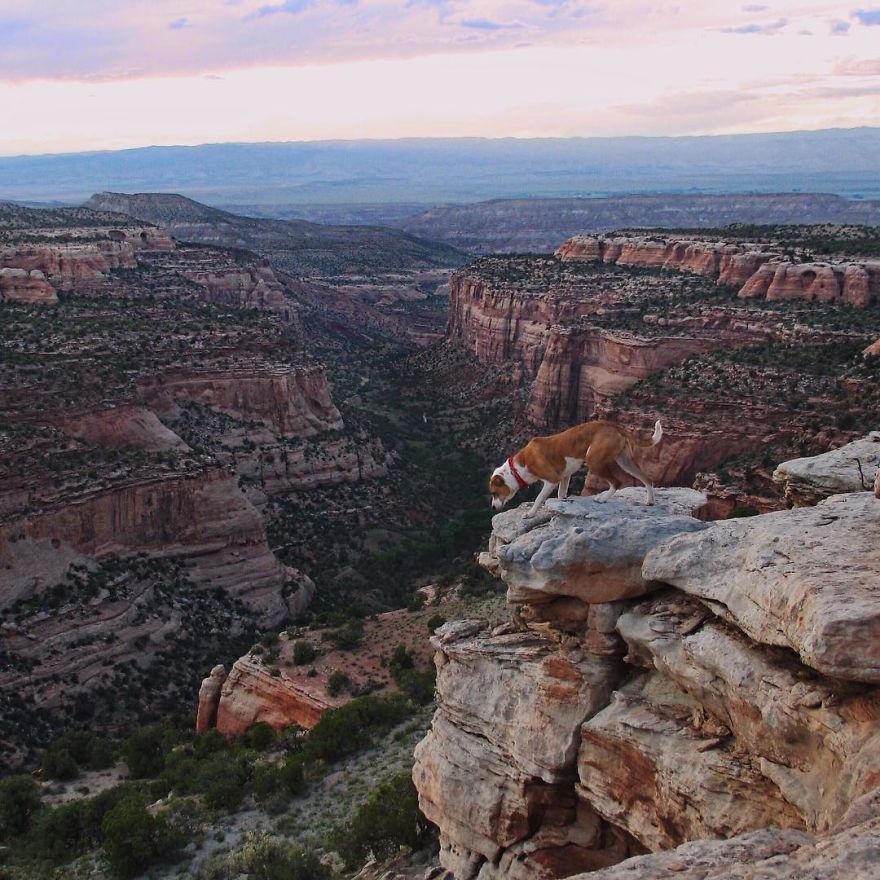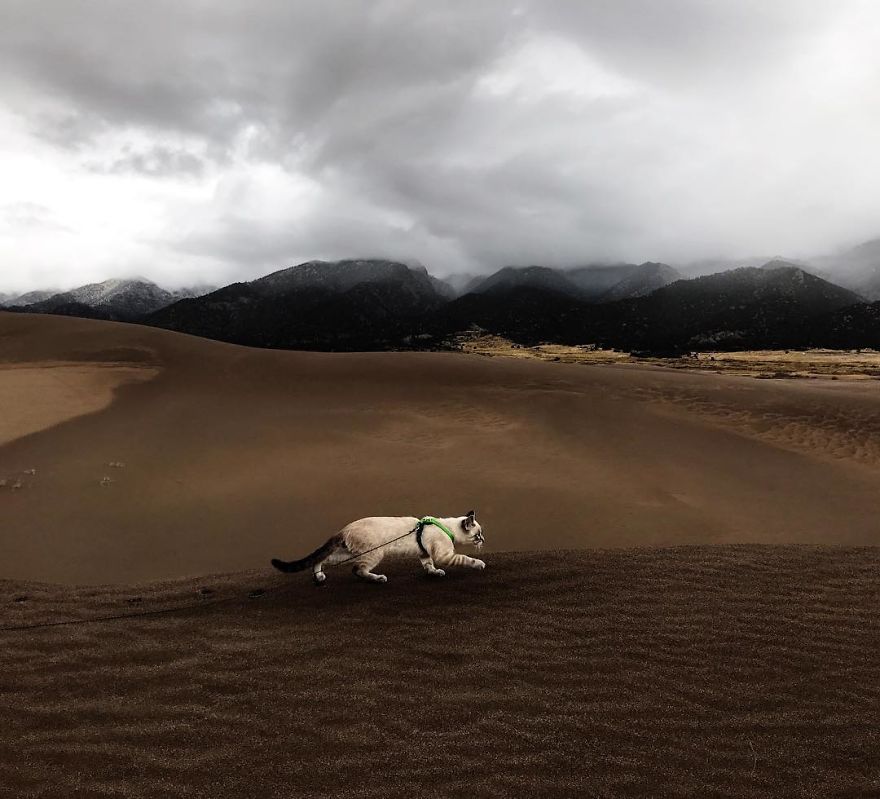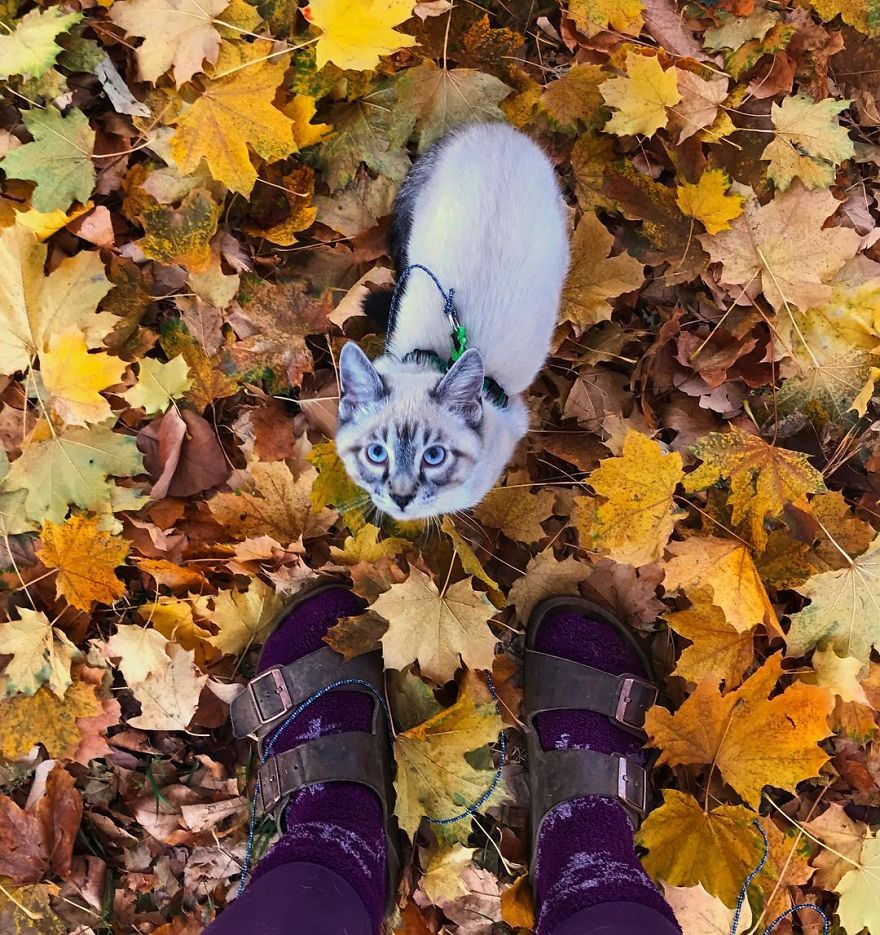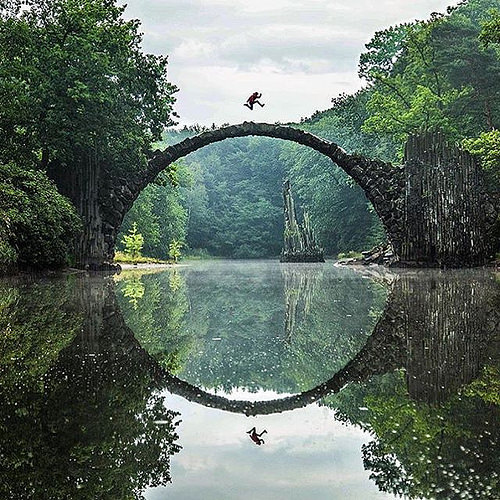Medieval Castles were more than just large fortresses with massive stone walls. They were ingeniously designed fortifications that used many brilliant and creative ways to protect their inhabitants from attacking enemies.
Guest Blogger Will Kalif from the website All Things Medieval takes us through The Secrets of Medieval Castles
A lot of thought, ingenuity, and planning went into the design of Medieval Castles. Everything from the outer walls to the shapes and location of stairwells were very carefully planned to provide maximum protection to the inhabitants. Here are some of the unique and lesser-known secrets of medieval castle designs.
The Moat – A moat, which is a body of water that surrounds a castle, is often thought of as a water obstacle that had to be crossed; but this wasn’t the primary function of a moat.
One of the biggest concerns of the inhabitants of a medieval castle or fortress was the fear that an invading army would dig tunnels under the fortification.
This tunnelling could either provide access to the castle or cause a collapse of the castle walls. A moat prevented this because any tunnel under the moat would collapse and fill with water.
It was a very effective deterrent against tunnelling. Often times the moat wasn’t even on the outside of the castle. It was on the inside between the outer wall and the inner wall.
Concentric Circles of Defense – This was an extremely effective method of defense for the inhabitants of a Medieval Castle. It was a series of obstacles that started on the outside of the castle and worked their way in.
It was usually a progression like a cleared field, an outer wall, a moat, an inner wall, a keep and then a strong hold tower. An attacking army would have to overcome each of these obstacles one at a time. And this took a lot of time and effort to do.
The Main Gate as a Death Trap – The main gate of a castle was often the most dangerous place in the castle because it was also a deadly trap.
It often opened into a small courtyard that had another main gate at the far end. The forward main gate often had an iron portcullis that was held in the open position and if the main gate was broken through and attackers made it into the small courtyard the portcullis was brought down and the attackers were trapped in the small courtyard.
The walls of the courtyard had small holes called death holes where the defenders could fire arrows and other projectiles at the trapped attackers.
You can see more of Will’s work here All Things Medieval
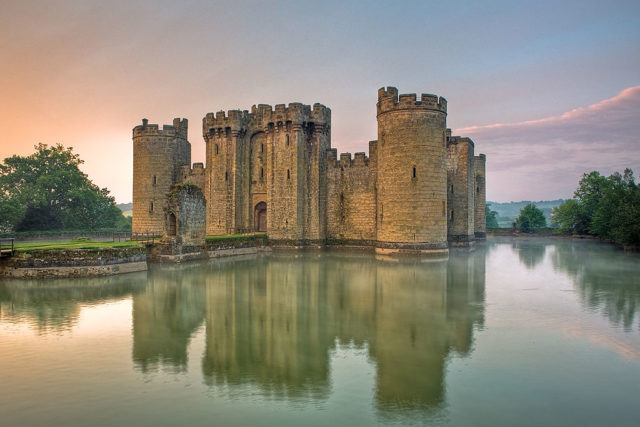
Photo credit: WyrdLight.com Creative Commons Attribution-Share Alike 3.0 Unported license.The hidden secrets of Stairwells – Stairwells were often very carefully designed in Medieval Castles. Stairwells that curved up to towers often curved very narrowly and in a clockwise direction.
This meant that any attackers coming up the stairs had their sword hands (right hand) against the interior curve of the wall and this made it very difficult for them to swing their swords.
Defenders had their sword hands on the outside wall, which meant they had more room to swing. Another ingenious design of stairs was that they were designed with very uneven steps. Some steps were tall and other steps were short.
The inhabitants, being familiar with the uneven pattern of the stair heights could move quickly up and down the stairs but attackers, in a dimly lit stairwell, would easily fall and get bogged down in the stairwells.
This made them vulnerable to attacks and slowed their attacks down significantly. You can see more of Will’s work here All Things Medieval
Secret Passages – What Medieval Castle would be complete without secret passages?
Many castles had secret passages and they served a variety of purposes. Some passages were designed to open up a distance from the castle so inhabitants could escape during an attack or get supplies in and out during a siege.
Secret passages also led to secret chambers where people could hide, supplies could be kept or a well for water was dug A medieval castle was more than just a large glamorous palace with massive stone walls around it. A medieval castle was a structure that was totally designed right down to the last detail with the protection of its inhabitants in mind.
If you ever visit a medieval castle and you notice that the stairs are very uneven you will know that it wasn’t because the builders couldn’t measure out steps evenly.
It was just that this is a little secret of the builders of the castle.





